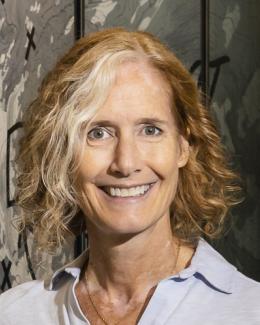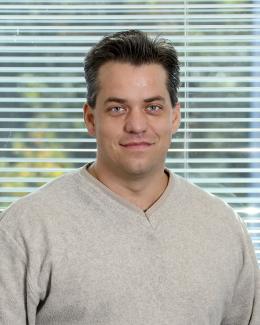Abstract
Climate simulation will not grow to the ultrascale without new algorithms to overcome the scalability barriers blocking existing implementations. Until recently, climate simulations concentrated on the question of whether the climate is changing. The emphasis is now shifting to impact assessments, mitigation and adaptation strategies, and regional details. Such studies will require significant increases in spatial resolution and model complexity while maintaining adequate throughput. The barrier to progress is the resulting decrease in time step without increasing single-thread performance. In this paper we demonstrate how to overcome this time barrier for the first standard test defined for the shallow-water equations on a sphere. This paper explains how combining a multiwavelet discontinuous Galerkin method with exact linear
part time-evolution schemes can overcome the time barrier for advection equations on a sphere. The discontinuous Galerkin method is a high-order
method that is conservative, flexible, and scalable. The addition of multiwavelets to discontinuous Galerkin provides a hierarchical scale structure that can be exploited to improve computational efficiency in both the spatial and temporal dimensions. Exact linear part time-evolution schemes are explicit schemes that remain stable for implicit-size time steps.



